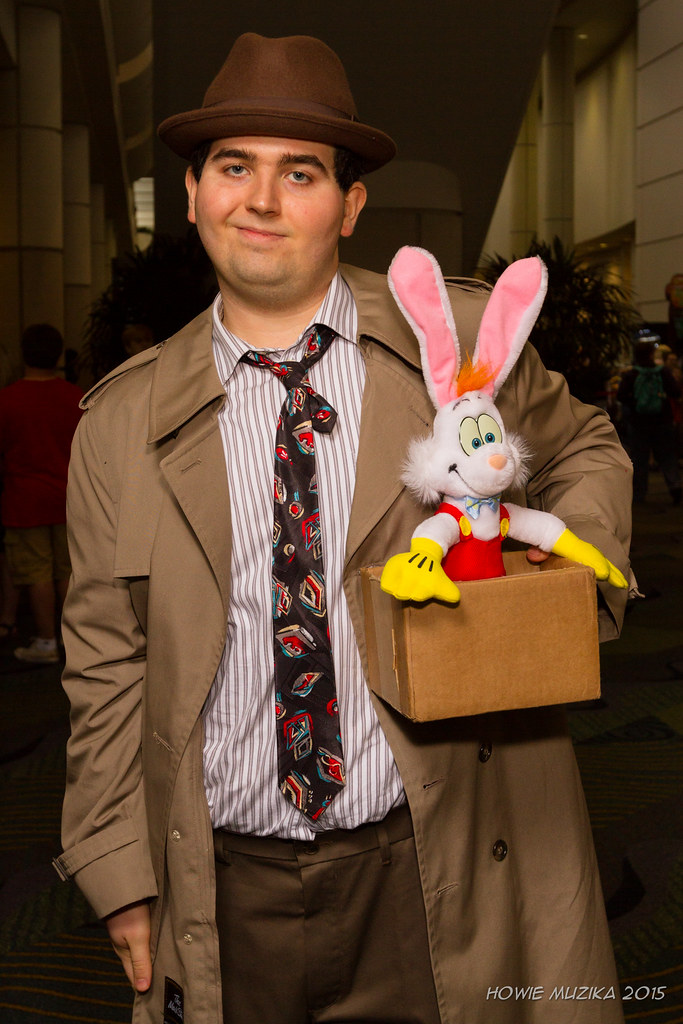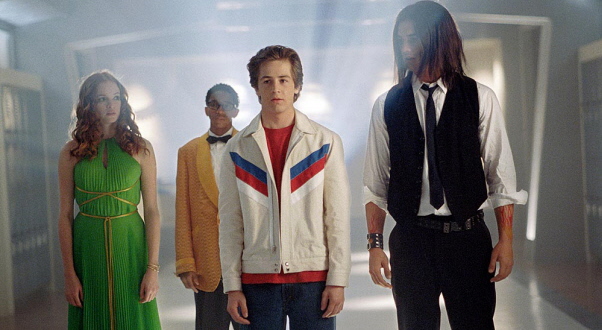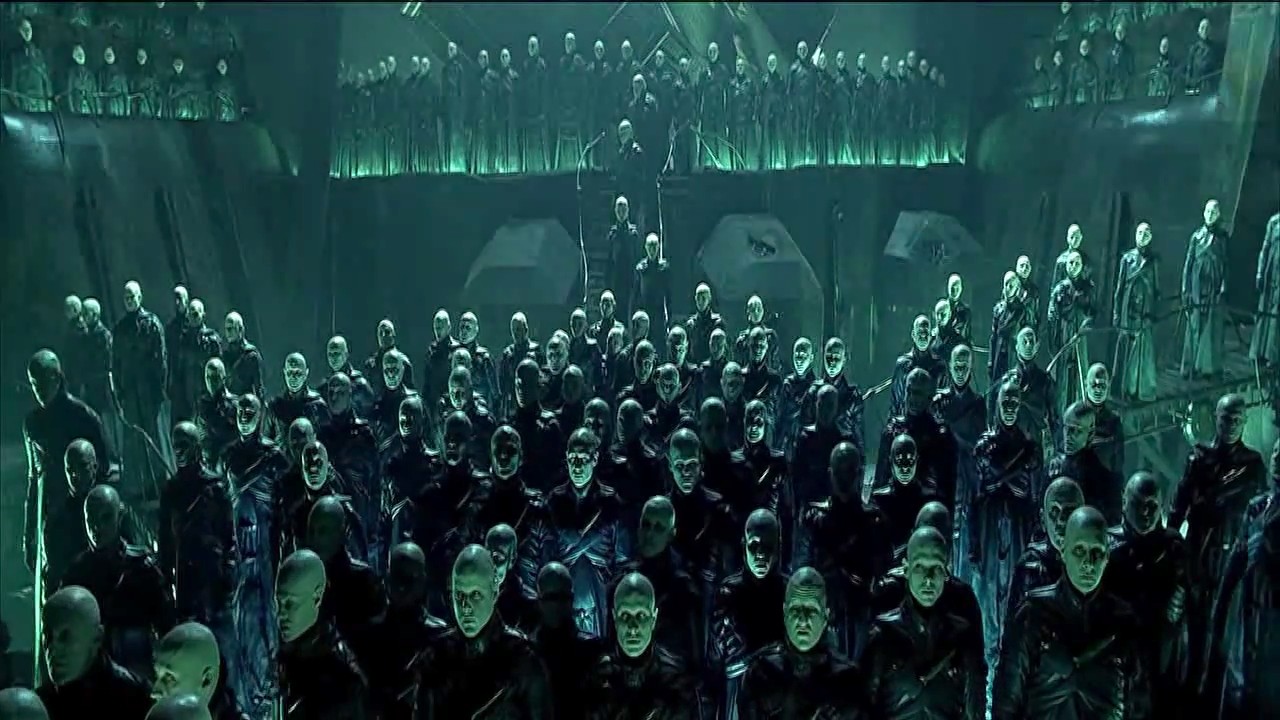Have you ever sat down to watch a modern film where animated characters and live-action stars share the screen and thought, ‘Something’s just not right here’? You’re not alone. Despite the leaps and bounds in CGI technology, there’s a certain charm and realism to the 1988 classic ‘Who Framed Roger Rabbit’ that contemporary movies just can’t seem to replicate. So, what’s the secret sauce that makes Roger Rabbit so special? Let’s dive in and find out.
The Extraodinary of Who Framed Roger Rabbit
From the moment ‘Who Framed Roger Rabbit’ hit the theaters, it was clear that something extraordinary was unfolding before our eyes. The film wasn’t just a technical achievement; it was a seamless blend of storytelling, animation, and live-action that had never been seen before. Roger Ebert, in his review of the film, perfectly encapsulated the wonder of this cinematic experience. He said, ‘Roger Rabbit and his cartoon comrades cast real shadows. They shake the hands and grab the coats and rattle the teeth of real actors. They change size and dimension and perspective as they move through a scene…and the cartoon characters look three-dimensional and seem to be occupying real space.’ This wasn’t just another movie—it was a groundbreaking moment in film history.
The magic of ‘Who Framed Roger Rabbit’ lies in its ability to make us believe in the impossible. It’s not just about the technical prowess of blending animation with live-action; it’s about the heart and soul poured into every frame. The characters aren’t just moving pictures; they’re living, breathing entities with weight and presence. They interact with the real world in ways that feel authentic and convincing. This is a testament to the dedication of the filmmakers who understood that for the illusion to work, the animated characters had to be as tangible as their human counterparts.

The Unparalleled Magic and Its Reasons
Why haven’t other films managed to capture this same magic? It’s not for lack of trying. Movies like ‘Space Jam’ and ‘Tom and Jerry’ have attempted to walk in Roger Rabbit’s footsteps, but they often fall short. It’s not just about budget or technology—though those certainly play a role. It’s about understanding the delicate balance between the animated and the real, and how to make them coexist in a way that feels natural. ‘Who Framed Roger Rabbit’ didn’t just set the bar; it created an entirely new standard for what’s possible in film.
One might argue that the advancements in CGI should make it easier to achieve this level of realism. However, CGI characters are often designed to look as lifelike as possible, which can sometimes lead to a jarring contrast when they’re placed alongside human actors. In ‘Who Framed Roger Rabbit,’ the animated characters are proudly cartoony, and that’s part of their charm. They’re not trying to be real; they’re trying to be real within their own animated context. This distinction is crucial and something that many modern films overlook.
The film’s success also lies in its understanding of the medium. As a sub-trope of Medium Blending, ‘Who Framed Roger Rabbit’ doesn’t just mix animation with live-action; it celebrates the unique qualities of both. The animated characters are medium-aware, often breaking the fourth wall and acknowledging their existence as cartoons. This self-awareness adds a layer of depth and humor that enriches the viewing experience. It’s a clever nod to the audience that we’re all in on the joke, and it’s this playful spirit that many successors fail to capture.
Let’s not forget the historical significance of the Roger Rabbit Effect. This technique dates back to the early days of Hollywood, with the 1914 animated film ‘Gertie the Dinosaur’ being one of the first examples. Over the years, there have been numerous attempts to merge animation with live-action, but ‘Who Framed Roger Rabbit’ perfected it. The film didn’t just use animation as a special effect; it made it an integral part of the narrative, allowing the animated characters to drive the story forward in meaningful ways.
‘Who Framed Roger Rabbit’ remains unparalleled in its effects because it was more than just a movie—it was a labor of love that respected both animation and live-action filmmaking. It understood the importance of character, story, and the suspension of disbelief. It wasn’t afraid to be bold and cartoonish, and it embraced the quirks of its medium with open arms. As we continue to see new films attempt to recreate this magic, it’s clear that ‘Who Framed Roger Rabbit’ still holds the crown, not just for what it did, but for how it made us feel. It’s a timeless classic that reminds us of the power of imagination and the enduring appeal of a well-told story that blurs the lines between reality and animation.
Related posts:
How ‘Who Framed Roger Rabbit?’ Perfected the Art of the Crossover
‘Who Framed Roger Rabbit’ Creators on How They Broke All the Rules
On Class, Capitalism and Urban Planning in Who Framed Roger Rabbit





